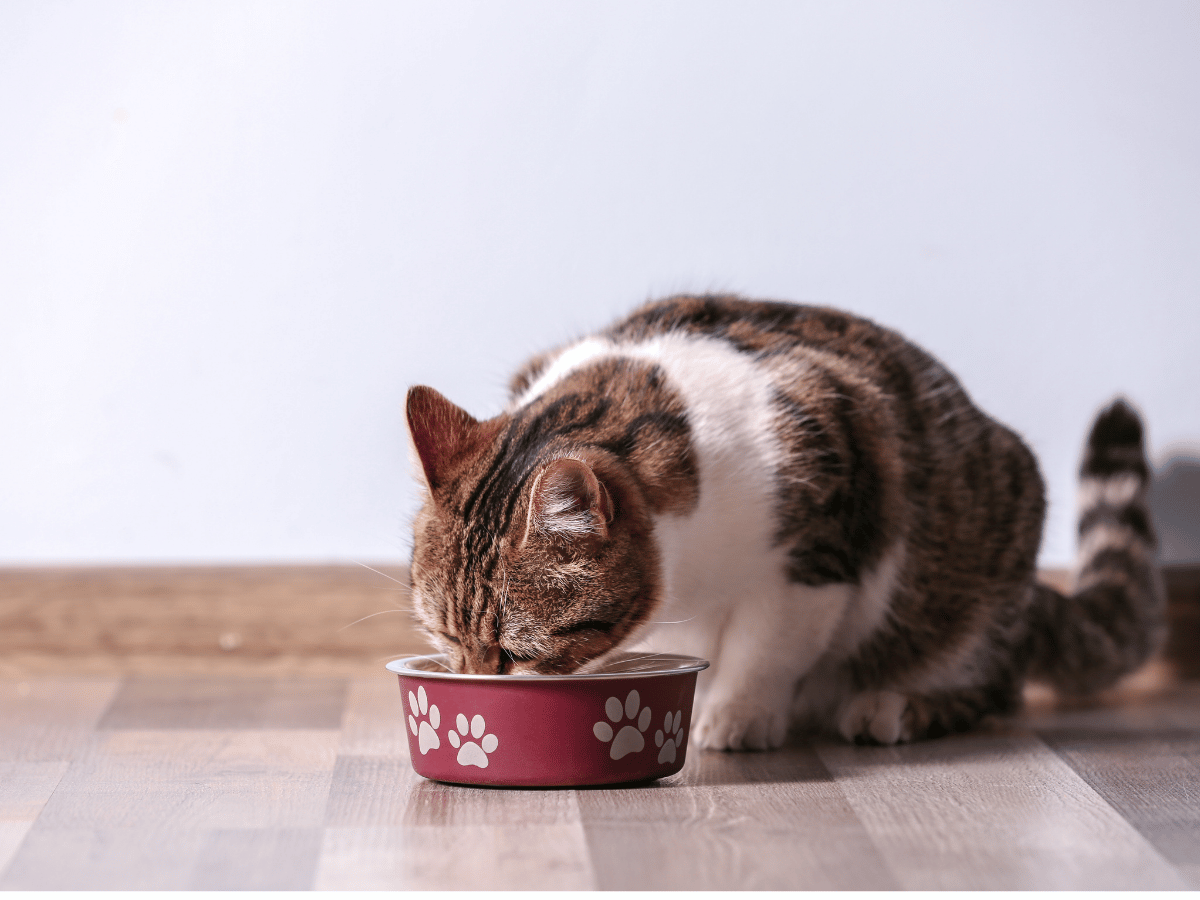In this Article
About the Author
Hi! I’m Vladyslav, RshPets employee and I spend a lot of time thinking about how to make life better for my fluffy friend - and for other cats too..
Why I Wrote This Article
If you've ever caught your cat "burying" their food with imaginary dirt or scratching next to their bowl, you're not alone. I was both confused and amused — and figured it's time to find out what’s really going on here.
1. A Wild Instinct: Hide the Food, Avoid the Trouble
Before cats became the fluffy overlords of our sofas, they were solitary hunters. In the wild, uneaten prey can attract other predators or rivals — so hiding leftovers was a smart survival tactic.
Your housecat may never have seen a fox or coyote in their life, but the instinct remains. The scratching motion mimics covering food with leaves or dirt, even if there’s only tile under their paws.
It could be:
- A leftover instinct from life in the wild.
- Your cat “saving” the meal for later in a way that once made evolutionary sense.
2. The “No Thanks” Signal: Not Hungry Right Now
Sometimes the reason is simpler: your cat just isn’t hungry.
Rather than walking away, some cats try to "store" or hide what’s left. It’s kind of like pushing your plate away at dinner — except with a dramatic floor-digging twist.
It could be:
- Your cat already ate enough.
- They’re politely refusing — cat-style.
Bonus: some cats are simply picky and use the burying motion as their very subtle way of saying, “This is not up to standard.”

3. Home Hierarchies: Who Owns the Bowl?
In multi-cat households, food-related behavior can reflect social dynamics.
If a more dominant cat is around, a lower-ranking cat might try to “hide” their food to avoid conflict or keep it safe for later.
It could be:
- A way to avoid tension with other pets.
- An attempt to keep the food “claimed” without finishing it.
Even in single-cat homes, this instinct might still surface — because social memory runs deep.
4. Is Something Wrong? Not Always — But Watch Closely
In most cases, food-burying is harmless. But if your cat suddenly starts doing it often — or with foods they usually love — it’s worth observing more closely.
It could be:
- A sign of nausea or discomfort.
- A reaction to stale or unappetizing food.
- A behavioral change linked to stress or illness.
When in doubt, especially if your cat is eating less than usual, talk to your vet.

5. Alternatives to Burying the Bowl: What You Can Try
If you want to curb the digging or make mealtimes smoother, try adjusting how food is served.
Ideas to try:
- Smaller portions at more frequent intervals.
- Different locations for feeding, especially if you have multiple cats.
- Separate feeding stations to reduce stress or competition.
- Elevated bowls or placemats that change the feel of the feeding area.
Sometimes, a minor change is enough to stop the floor scratching completely.
Conclusion: Watch, Laugh, Learn — and Feed Mindfully
At the end of the day, your cat’s attempt to “bury” their dinner probably isn’t a big deal — it’s a quirky, ancient, and oddly cute habit. It might be part instinct, part communication, part performance art.
But it’s also a reminder to stay observant. If your cat regularly avoids food, loses interest in meals, or shows other behavior changes, that’s worth a deeper look.
Otherwise? Let them scratch a little. It’s just another weird and wonderful thing cats do.
Does Your Cat Do This Too?
Have you seen your cat try to “hide” their food? Or do they have another strange mealtime habit? Drop your story in the comments — let’s compare cat weirdness!


